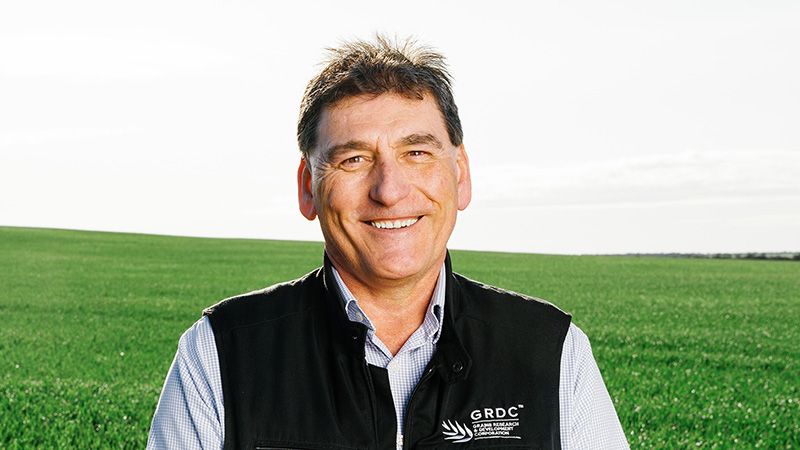Growers and advisers across Australia can now use the latest results on the performance of different grain varieties – incorporating results from the 2023 harvest – to help them choose the best variety for their situation.
The Grains Research and Development Corporation (GRDC) National Variety Trials (NVT) Harvest Reports contain yield, disease resistance/susceptibility and grain quality results.
The sixteen reports, available on the NVT website, contain the past five years of results for every NVT trial across Australia, allowing growers to assess varietal performance across different years and seasonal conditions.
GRDC NVT regional manager – north, Laurie Fitzgerald, said the reports contain accurate, consistent, independent and timely information about existing and newly released commercial varieties.
“The reports help accelerate the adoption of new and superior varieties, ensuring growers can stay at the top of their game and remain profitable,” Mr Fitzgerald says.
“They’re an essential tool to help growers find a variety that suits their farming system and local climate conditions, while delivering the best likely outcome under forecasted weather.”
Northern cropping region reports are for:
- Central New South Wales
- Northern New South Wales
- Southern New South Wales
- Central Queensland
- Southern Queensland
Southern reports cover:
- Eyre Peninsula South Australia
- Mallee South Australia and Victoria
- Central South Australia
- Northern Victoria
- High Rainfall South Australia, Victoria and Tasmania
- Wimmera and Upper South-East South Australia
The five western region reports are:
Mr Fitzgerald said the NVT was conducted to a set of predetermined protocol. Trial service providers sow and manage trials to reflect local best practice such as sowing time, fertiliser application, weed management, pest/disease control and fungicide application.
“Data from successful 2023 NVT trials have been fed into a multi-year, multi-environment trial (MET) variety performance analysis,” Mr Fitzgerald says.

GRDC NVT manager north Laurie Fitzgerald said the reports would help accelerate the adoption of new and superior grain varieties. Photo: GRDC
“These multi-year datasets for all crops and growing regions provide the most valuable information to support decision making around what to sow each year.”
Mr Fitzgerald also acknowledged the support of growers, who contribute and assist with the management of NVT trial sites on their properties.
“It wouldn’t be possible to undertake the NVT trials without the ongoing co-operation of these growers. We are so appreciative of their support and assistance,” he says.
The NVT is the largest independent coordinated trial network in the world. It harnesses data from more than 650 trials across 300 sites Australia-wide for 10 crop species: wheat, barley, canola, chickpea, faba bean, field pea, lentil, lupin, oat and sorghum.
NVT results from every Harvest Report are also available online via the NVT interactive map, Long-Term Yield Reporter and NVT Disease Ratings.
Grain growers and advisers are also invited to subscribe to NVT Harvest Reports and NVT Crop Sowing guides email updates.

























































